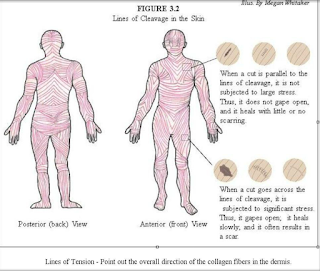Sweetend Beverage Tax
Originally posted 01/24/18
We
have all seen the latest controversy over the recent tax of on sugary drinks
more commonly referred to as sugar sweetened beverage (SSBs) worldwide and the
levy as sweetened beverage tax (SBT). Several countries such as Hungary, Mexico
and France have implemented country-wide taxation on SSBs. The World Health
Organization has recommended taxation of SSBs to curb consumption, calling for
a 20% tax which is estimated to reduce consumption by half. The United States
has not yet followed suit, but some cities however have implemented their own
tax hikes where Seattle is the latest in the controversy with the largest tax
to date in the US at 1.75 cents per ounce starting January 2018 with sugar-free
beverages being exempt, having learned from Philadelphia’s implementation of
1.5 cent per ounce levy that took effect in January 2017. that encompassed
sugar free beverages, juices and milk substitutes. The Philadelphia SBT is estimated to reduce
intake of SSB by 8% in children and additionally the high-quality programs will
increase said effectiveness as the program will affect the low-income
population which is at increased risk for diet related consequences
(Langieller, Le-Scherban, & Purtle, 2017, p. 2450). Politically, some controversy surrounds SBTs,
as these affect the lower income population more, and may as continuing reports
in Philadelphia that beverage manufacturers may furlough workers due to
decreased SSB demand.
Cook County, which includes Chicago,
begins a 1.5% SBT this year which will affect more than 5 million residents.
Given early positive results in Berkley, California, the first large city
implementation of SBT – consumption declined by 20% and increased water
consumption.
Langellier,
A., Le-Scherban, F. & Purtle, J. (2017). Funding quality pre-kindergarten
slots with philadelphia’s new ‘sugary drink tax’: Simulating effects of using
an excise tax to address a social determinant of health. Public Health Nutrition, 20(13), 2450-2458. doi:
10.1017/S1368980017001756


